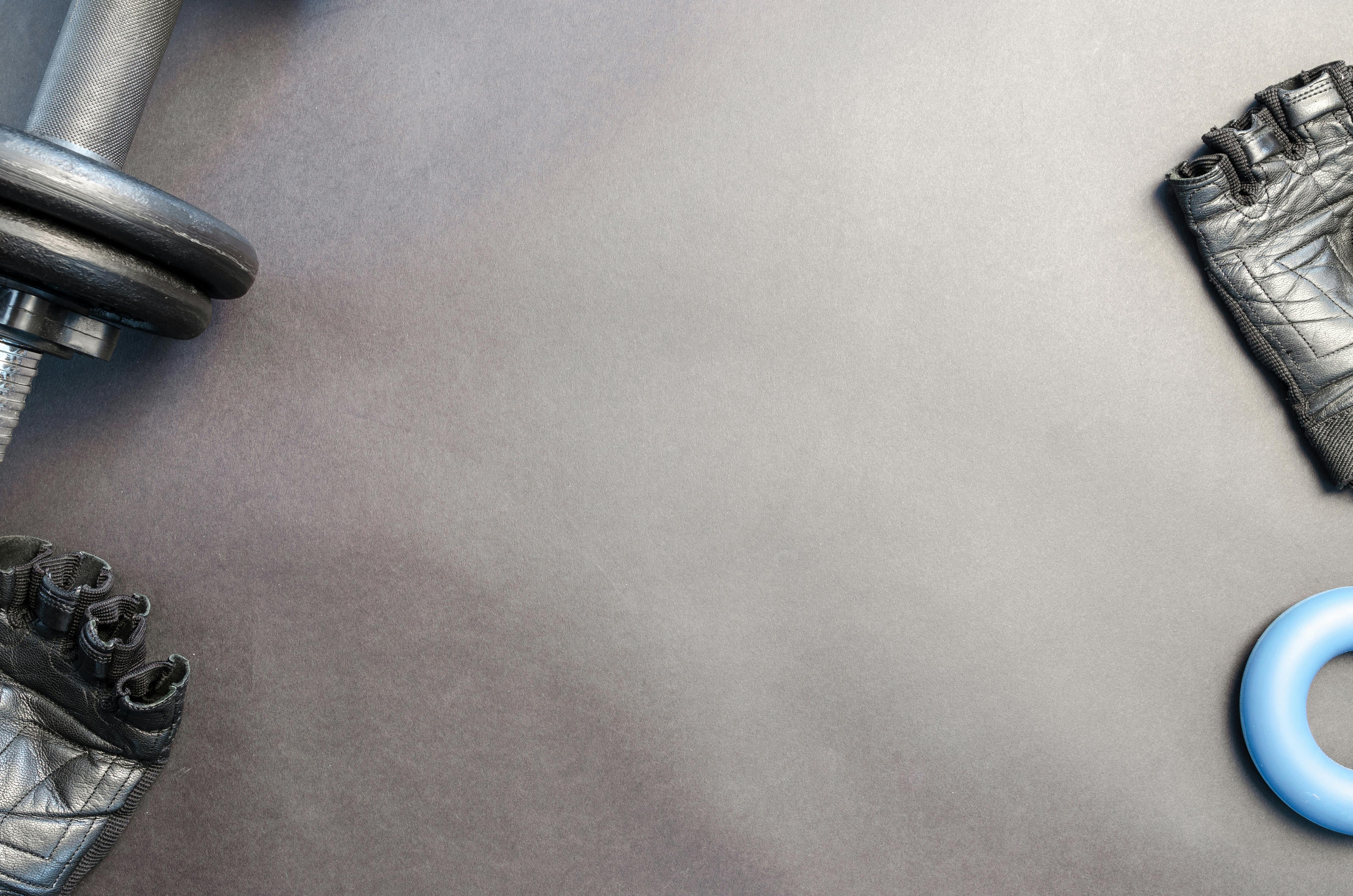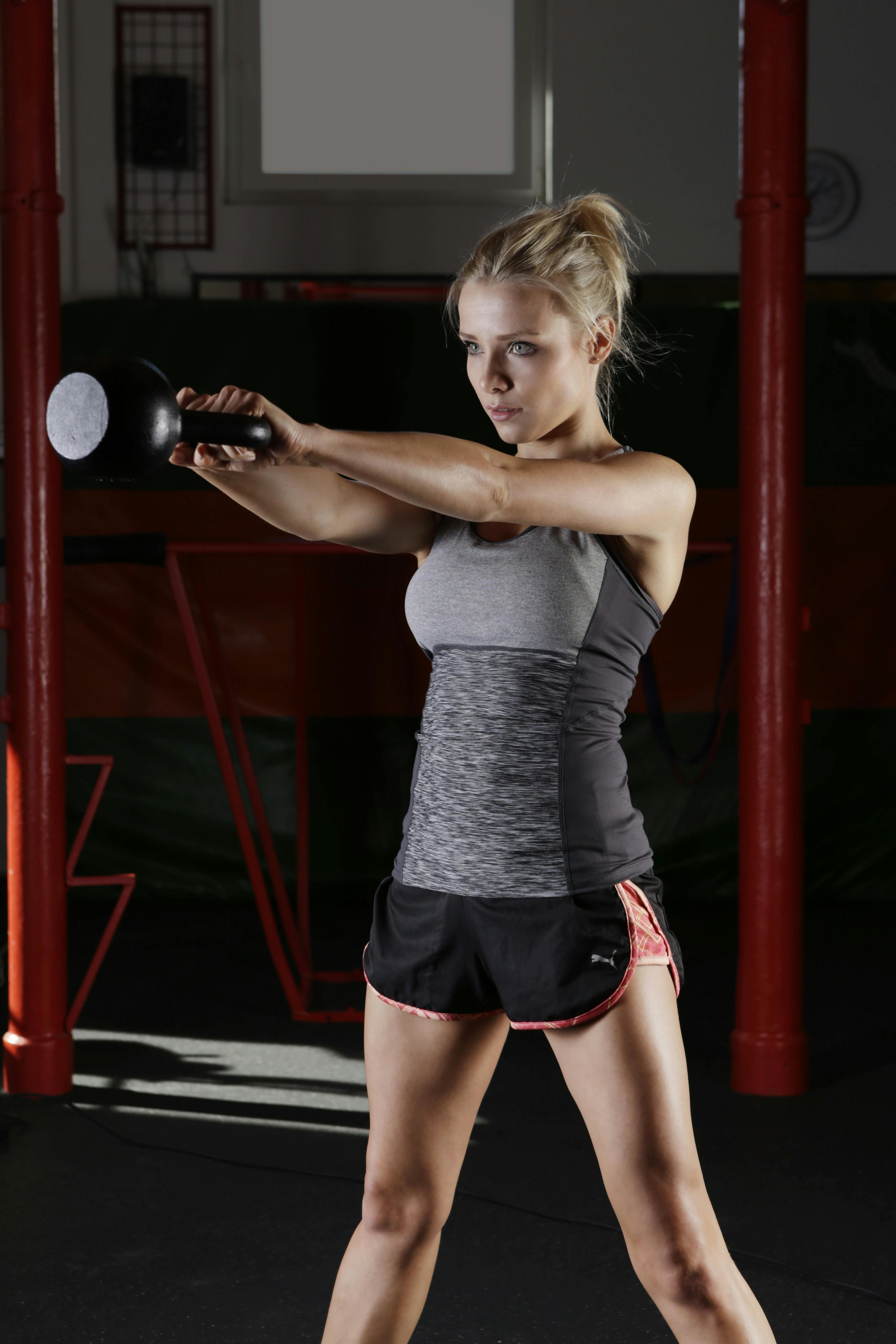Have you ever wondered how to improve your balance for a better overall fitness experience? If you find yourself constantly struggling to stay steady during exercises or daily activities, you are not alone. Achieving better balance is essential for preventing injuries, improving coordination, and enhancing performance in various physical activities. In this ultimate guide to improvement workouts, you will discover effective exercises, tips, and techniques to help you enhance your balance and stability.
Find more product like these on Amazon!
Understanding the Importance of Balance
Balance is a fundamental aspect of physical fitness that often gets overlooked. It involves the ability to maintain equilibrium while stationary or moving. Good balance is essential for proper posture, coordination, and preventing falls. By improving your balance, you can enhance your overall athletic performance, reduce the risk of injuries, and increase body awareness. Incorporating balance improvement workouts into your exercise routine can benefit you in numerous ways.
Why is balance important in fitness?
Balanced strength and stability are crucial for overall fitness and athleticism. Whether you are a seasoned athlete or a beginner, having good balance helps you perform exercises with proper form and efficiency. By focusing on balance improvement workouts, you can enhance your coordination, agility, and neuromuscular control.
Factors Affecting Balance
Several factors can affect your balance, including age, muscle strength, joint stability, vision, and inner ear function. Understanding these factors can help you identify areas that need improvement and tailor your workouts accordingly. By addressing these factors, you can enhance your balance and reduce the risk of falls or injuries.
How do age and muscle strength impact balance?
As you age, muscle strength and coordination tend to decline, leading to reduced balance and stability. Weak muscles, particularly in the lower body and core, can affect your ability to maintain proper balance. By incorporating strength training exercises into your routine, you can improve muscle strength and stability, which in turn enhances your balance.
Why is joint stability important for balance?
Joint stability plays a crucial role in overall balance and movement control. Weak or unstable joints can impair your ability to maintain proper balance, increasing the risk of falls or injuries. By focusing on exercises that target joint stability, such as balance boards or stability balls, you can improve joint strength and reduce instability.
How does vision and inner ear function affect balance?
Vision and inner ear function are essential for maintaining balance and spatial orientation. Changes in vision or inner ear function can disrupt your equilibrium and affect your ability to stay steady. By practicing exercises that challenge your visual and vestibular systems, such as balance beams or visual tracking drills, you can improve your overall balance and coordination.

This image is property of images.pexels.com.
Types of Balance Improvement Workouts
There are various types of balance improvement workouts that target different aspects of your balance and stability. From simple exercises to advanced techniques, incorporating a variety of workouts into your routine can help you enhance your balance and coordination. Here are some effective balance improvement workouts to try:
Static Balance Exercises
Static balance exercises involve maintaining a steady position while standing still. These exercises focus on improving your ability to stay balanced and centered. Examples of static balance exercises include:
- Single-leg stands
- Tree pose
- Heel-to-toe walk
- Static balance on a balance board
Engaging in static balance exercises can help strengthen your stabilizing muscles and improve your overall balance and stability.
Dynamic Balance Exercises
Dynamic balance exercises involve movement while maintaining balance. These exercises challenge your coordination and neuromuscular control. Examples of dynamic balance exercises include:
- Walking lunges
- Step-ups
- Single-leg squats
- Dynamic balance on a stability ball
By incorporating dynamic balance exercises into your routine, you can improve your agility, coordination, and balance during dynamic movements.
Proprioceptive Training
Proprioceptive training focuses on improving your body’s awareness of its position in space. These exercises enhance your proprioception, which is essential for balance and joint stability. Examples of proprioceptive training exercises include:
- Balancing on a wobble board
- Eye-tracking drills
- Throwing and catching a ball while standing on one leg
- Proprioceptive mats or foam pads
By incorporating proprioceptive training into your workouts, you can enhance your sensory feedback, body awareness, and overall balance.
Core Stability Workouts
Core stability workouts target the muscles in your abdomen, pelvis, and lower back. A strong core is essential for maintaining proper posture, balance, and stability. Examples of core stability workouts include:
- Planks
- Side planks
- Russian twists
- Superman exercises
By strengthening your core muscles, you can improve your overall stability, balance, and endurance during exercises or daily activities.
Tips for Improving Balance
In addition to incorporating balance improvement workouts into your routine, there are several tips and techniques you can follow to enhance your balance and stability. By integrating these tips into your daily habits, you can make significant improvements in your overall balance and coordination.
Focus on Proper Form
When performing balance improvement exercises, focus on maintaining proper form and alignment. Proper posture and alignment can help you engage the right muscles and improve your balance. Avoid compensating by using other muscle groups, as this can lead to imbalances and potential injuries.
Start Slow and Progress Gradually
If you are new to balance improvement workouts, start slow and gradually increase the intensity and difficulty of the exercises. Progressing gradually allows your body to adapt to new movements and challenges, reducing the risk of injuries. Listen to your body and adjust the intensity based on your fitness level and comfort.
Use Props and Equipment
Incorporating props and equipment, such as balance boards, stability balls, or resistance bands, can enhance the effectiveness of your balance improvement workouts. Props provide added support, challenge different muscle groups, and increase the difficulty of exercises. Experiment with different props to find ones that work best for you.
Practice Mindfulness and Focus
Mindfulness and focus are essential for improving balance and body awareness. By staying present and focused during exercises, you can better engage your stabilizing muscles and enhance your balance. Avoid distractions and pay attention to your body’s alignment and movements.
Incorporate Balance Training into Your Routine
Consistency is key when it comes to improving balance. Make balance improvement workouts a regular part of your exercise routine to see lasting results. Aim to practice balance exercises at least 2-3 times a week to maintain and enhance your stability and coordination.
Seek Professional Guidance
If you are unsure about which balance improvement workouts to incorporate into your routine or if you have specific concerns about balance issues, consider seeking guidance from a fitness professional or physical therapist. They can evaluate your balance, provide personalized recommendations, and help you address any underlying issues affecting your stability.

This image is property of images.pexels.com.
Tracking Your Progress
Tracking your progress is essential for monitoring your improvements in balance and stability. By keeping track of your workouts, performance, and any changes you notice in your balance, you can stay motivated and adjust your routine as needed. Here are some tips for tracking your progress:
- Keep a workout journal to record the exercises, sets, reps, and any modifications you make.
- Take videos or photos of yourself performing balance improvement workouts to visually track your form and progress.
- Track metrics such as time spent balancing, improvements in stability, or changes in overall coordination.
- Set specific goals for improving your balance and celebrate your achievements along the way.
By tracking your progress, you can stay accountable, motivated, and focused on your goals of achieving better balance and stability.
Conclusion
Improving your balance is a journey that requires dedication, consistency, and patience. By incorporating a variety of balance improvement workouts into your routine, focusing on key factors affecting your balance, and implementing tips for enhancing stability, you can make significant strides in your overall fitness and performance. Remember that balance is a critical component of physical fitness that can enhance your quality of life and prevent injuries. Embrace the challenge of improving your balance, and you will reap the rewards of better stability, coordination, and body awareness. Start today and take the first step towards achieving better balance.

